Homeownership comes with its fair share of responsibilities, and keeping your living space in top shape can feel overwhelming without the right tools and guidance. Whether you’re new to DIY projects or looking to refine your skills, having a well-organized **basic DIY upkeep** checklist is essential for maintaining your home efficiently. This comprehensive guide will walk you through the fundamentals of home maintenance, offering practical tips and resources to help you tackle tasks with confidence. From understanding the most critical items to focus on to learning how to prioritize repairs and improvements, this article will provide everything you need to stay ahead of home upkeep challenges. By mastering the basics of **DIY upkeep**, you can save time, money, and effort while ensuring your property remains in excellent condition year-round.
Key Takeaways
- Prioritize Annual Inspections: Conduct a thorough home inspection at least once a year to catch potential issues early and save on costly repairs.
- Organize Maintenance Tasks: Categorize home maintenance into indoor, outdoor, seasonal, and miscellaneous tasks to streamline your routine.
- Create a Comprehensive Checklist: Develop a detailed maintenance checklist to ensure no details are overlooked, including specific tasks, deadlines, and required tools.
- Delegate and Stay Consistent: Assign responsibilities to family members or professionals to manage overwhelming tasks and regularly review and adapt your maintenance plan.
- Leverage Professional Insights: Use industry guidelines and professional resources to inform your maintenance strategies and ensure comprehensive coverage of your home.

What is the Most Important Item for Home Maintenance?
The most critical aspect of home maintenance revolves around ensuring the proper functioning of essential systems and components. Here’s a breakdown of the key areas to focus on:
- 1. HVAC System Check-up – The heart of your home comfort lies in your heating, ventilation, and air conditioning (HVAC) system. Regular inspections and servicing can prevent costly breakdowns and ensure efficient operation.
- 2. Plumbing System Inspection – Water pipes, drains, and fixtures are vital for daily life. A professional inspection can catch leaks, clogs, and potential issues before they escalate.
- 3. Electrical System Evaluation – Faulty wiring or outdated circuits can pose serious hazards. A thorough check ensures your home is safe and electrically sound.
- 4. Roof and Exterior Maintenance – A well-maintained roof and exterior prevents water damage, drafts, and structural issues. Regular inspections and necessary repairs are key to longevity.
By prioritizing these areas, you ensure your home remains safe, comfortable, and energy-efficient. For expert guidance and resources, visit Sams Maintenance . Additionally, explore tips and insights from trusted sources like HGTV and This Old House for comprehensive home maintenance solutions.
What Maintenance is Required for a House?
Maintaining a house requires consistent effort to ensure it remains in good condition and functions properly. Here’s a comprehensive guide to the essential maintenance tasks:
- Exterior Maintenance
- Inspect and clean gutters and downspouts regularly.
- Check for loose or damaged shingles and repair as needed.
- Trim trees and bushes to prevent branches from touching the roof or siding.
- Seal cracks or holes in the foundation to prevent water damage.
- Paint exterior surfaces as needed to maintain curb appeal.
- Interior Maintenance
- Dust and clean floors regularly to prevent dirt buildup.
- Check for peeling paint or wallpaper and repaint as necessary.
- Inspect and replace air filters monthly to ensure efficient heating and cooling.
- Test smoke detectors and carbon monoxide detectors quarterly.
- Clean and maintain bathrooms and kitchens to prevent mold and bacteria growth.
- Appliance Maintenance
- Schedule regular servicing for HVAC systems (heating, ventilation, and air conditioning) to ensure energy efficiency and longevity.
- Clean and maintain the dishwasher, refrigerator, and stove to prevent malfunction.
- Check and replace water filters in the sink and washing machine as recommended.
- Inspect and lubricate garage door mechanisms to ensure smooth operation.
- Plumbing Maintenance
- Regularly inspect pipes for leaks or cracks under sinks, around faucets, and behind toilets.
- Flush hot water tanks monthly to prevent sediment buildup.
- Fix leaky pipes immediately to prevent water damage and mold growth.
- Replace old or worn-out fixtures to improve water flow and functionality.
- Heating, Ventilation, and Air Conditioning (HVAC) Maintenance
- Schedule annual tune-ups for your furnace, boiler, or air conditioner to ensure optimal performance.
- Change or clean air filters regularly to maintain airflow and efficiency.
- Inspect ductwork for blockages or damage that could affect air quality.
- Check for gas leaks around vents and flues to ensure safe operation.
- Electrical System Maintenance
- Inspect circuit breakers and fuse boxes for signs of wear or damage.
- Check for exposed wires or frayed cords that could pose a fire hazard.
- Update outdated wiring to meet modern safety standards.
- Test all ground fault circuits (GFCIs) to ensure they function properly.
- Landscape Maintenance
- Trim grass, plants, and shrubs regularly to maintain neatness and health.
- Remove debris like leaves and twigs from walkways and gardens.
- Inspect for pests or diseases in plants and treat as needed.
- Check sprinkler systems to ensure even water distribution and adjust timers as necessary.
By staying proactive with these maintenance tasks, you can extend the life of your home, save money on repairs, and enjoy a safer, more comfortable living environment. Remember to consult professional services for complex tasks and always follow manufacturer guidelines for specific appliances and systems.
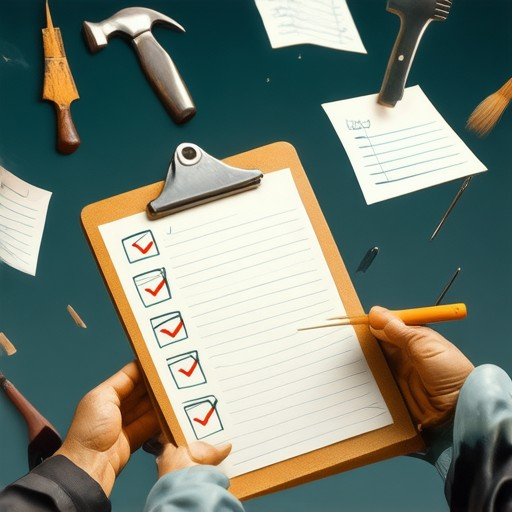
How to Start Learning DIY
Starting to learn DIY can be an exciting journey, but it’s important to approach it methodically. Here’s a step-by-step guide to help you get began:
- Set Clear Goals:** Identify your interests and motivations. Are you looking to fix minor household issues or build custom projects? Knowing your objectives will guide your learning path.
- Gather Tools:** Begin with essential tools like a screwdriver, hammer, and measuring tape. Consider purchasing high-quality tools to ensure durability and performance. Check online reviews or ask experienced DIYers for tool recommendations.
- Learn Safety Protocols:** Prioritize safety. Familiarize yourself with basic safety measures, such as wearing protective gear and understanding electrical safety practices. Watch tutorials or read guides to grasp these concepts.
- Explore Resources:** Utilize reputable resources like YouTube tutorials, DIY websites, and local hardware store workshops. These offer diverse learning opportunities and hands-on experiences.
- Start Small:** Begin with manageable projects, such as painting a small wall section or assembling flatpack furniture. These tasks build confidence and familiarity with tools and materials.
- Join a Community:** Engage with DIY communities through local groups or online forums. Sharing experiences and seeking feedback can enrich your learning journey and provide motivation.
- Maintain Motivation:** Set realistic expectations and celebrate achievements. Establish a weekly routine for projects to foster consistency and gradually increase complexity.
- Continuous Learning:** Stay updated on new techniques and tools by following influential DIY content creators and subscribing to newsletters from trusted sources.

How to Organize Your Home Maintenance
To effectively manage your home maintenance, start by categorizing tasks and creating a structured plan. Here’s a step-by-step guide:
- 1. Create Task Categories
- Indoor Maintenance: Cleaning, dusting, vacuuming, bathroom maintenance, and organizing.
- Outdoor Maintenance: Lawn care, gardening, tree trimming, and exterior repairs.
- Seasonal Tasks: Prepare for winter (e.g., closing up pools, draining pipes), and summer preparation (e.g., yard cleanup, gutter cleaning).
- Miscellaneous: Small repairs, safety checks, and routine inspections.
- 2. Prioritize Tasks
- Emergency repairs (e.g., leaky roof, burst pipe) should be addressed immediately.
- Regular maintenance tasks (e.g., air filter replacement, mowing the lawn) should be scheduled weekly.
- Less frequent tasks (e.g., deep cleaning, painting) can be planned quarterly.
- 3. Prepare Tools and Materials
- Keep a checklist of required tools and materials handy.
- Organize your toolkit and store it in a designated area for quick access.
- 4. Schedule and Set Deadlines
- Create a weekly or monthly maintenance schedule using a calendar or planner.
- Assign specific days to each type of task to avoid overload.
- 5. Involve Others
- Delegate tasks to family members or hire professionals for overwhelming jobs.
- Stay organized by sharing responsibilities and tracking progress.
- 6. Stay Consistent and Adapt
- Review and update your maintenance plan periodically to accommodate changes in your lifestyle or home condition.
- Celebrate completed tasks to stay motivated and reduce overwhelm.
What is the 1 rule for home maintenance?
The 1 rule for home maintenance is to conduct a thorough inspection of your property at least once a year. This helps identify potential issues early on, preventing costly repairs later. Here’s a breakdown of essential steps:
- Regular Inspections: Schedule annual checks for systems like HVAC, plumbing, and electrical components. Use a home inspection checklist to ensure nothing is overlooked.
- Professional Help: Hire a qualified inspector to assess your home’s condition. This can uncover hidden problems that may not be obvious to the average homeowner.
- Adjusted 1% Rule: While the traditional 1% rule suggests saving 1% of your home’s value for maintenance, adjust this based on today’s market and your personal financial situation. Refer to our budgeting guide for more details.
- Check for Leaks: Look for water damage or dripping pipes. Address minor issues immediately to prevent major water damage. Learn more about plumbing services .
- Test Emergency Systems: Periodically test smoke detectors, fire alarms, and carbon monoxide detectors. This ensures they’re functioning properly and can provide critical protection in case of emergencies. Explore our security system options .
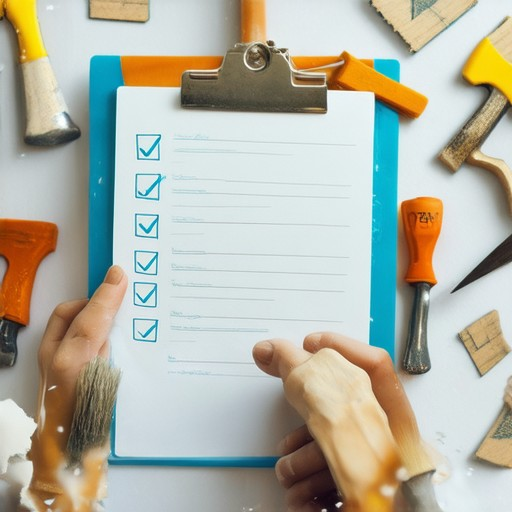
How to Create a Maintenance Checklist
A maintenance checklist is a crucial tool for property managers and homeowners to ensure that routine tasks are performed on time and efficiently. Below is a step-by-step guide to creating an effective maintenance checklist.
Key Components of a Maintenance Checklist
- Property Details: Include structural details, square footage, and specific areas to maintain.
- Task List: Break down maintenance activities into specific tasks with clear instructions.
- Schedule and Frequencies: Assign due dates and intervals for each task based on recommendations and local conditions.
- Tools and Materials: List required tools and supplies needed for each task.
- Prioritization: Categorize tasks by urgency and importance for efficient planning.
Steps to Create Your Maintenance Checklist
- Gather Information: Collect property details, past maintenance records, and any existing agreements or contracts.
- Organize Tasks: Categorize maintenance activities into groups like exterior, interior, and systems.
- Set Deadlines: Determine appropriate timelines for completing each task based on industry standards and local climate.
- Prepare Tools: Inventory necessary tools and equipment for each task to avoid last-minute shortages.
- Review and Update: Regularly revise the checklist to account for new regulations, technologies, or property changes.
Example Maintenance Checklist
- Exterior Maintenance:
- Check and repair roof leaks
- Inspect and clean gutters
- Trim trees and bushes
- Pressure wash siding
- Interior Maintenance:
- Duct cleaning
- Flooring inspection
- Bathroom tile grout cleaning
- Appliance checks
- Appliance Maintenance:
- HVAC system tune-up
- Water heater check
- Refrigerator defrost
- Electrical outlet testing
- Systems Maintenance:
- Plumbing system inspection
- Fire sprinkler check
- Foundation inspection
- Garage door alignment
Conclusion
A well-organized maintenance checklist ensures that no detail is overlooked and helps maintain the health and longevity of your property. Regular updates and reviews will keep the checklist relevant and effective.
Additional Tips
- Customize the checklist to suit your property’s unique needs.
- Use checklists from trusted sources or professional organizations for reference.
- Regularly review and update the checklist to reflect new regulations and best practices.
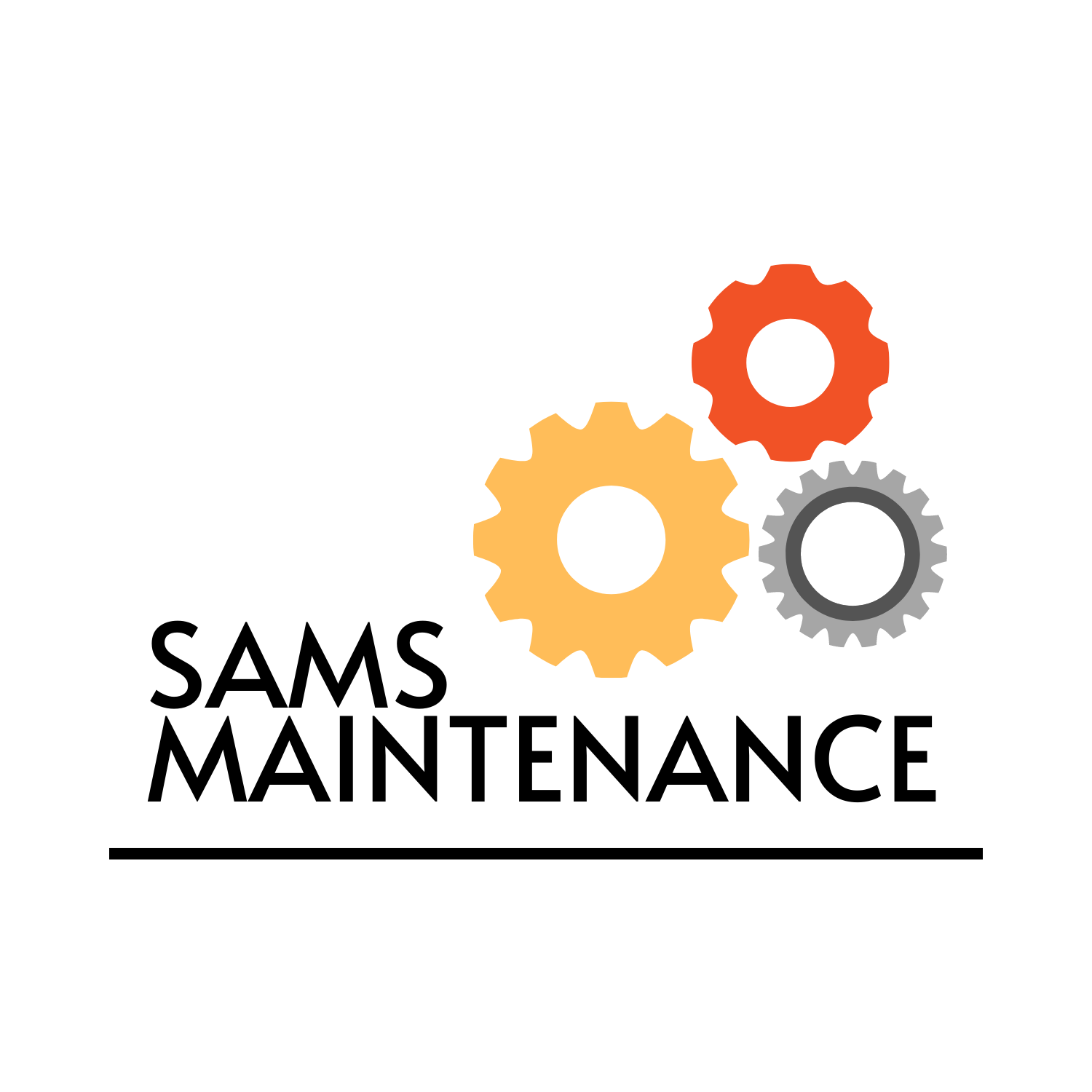
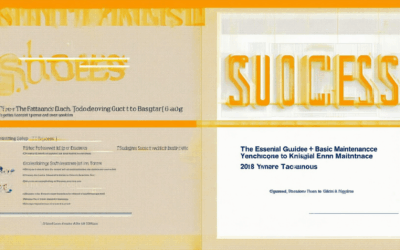
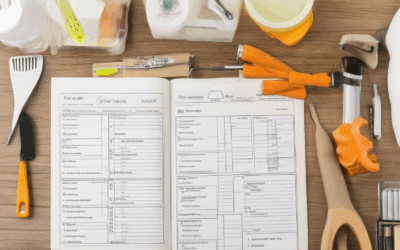

0 Comments